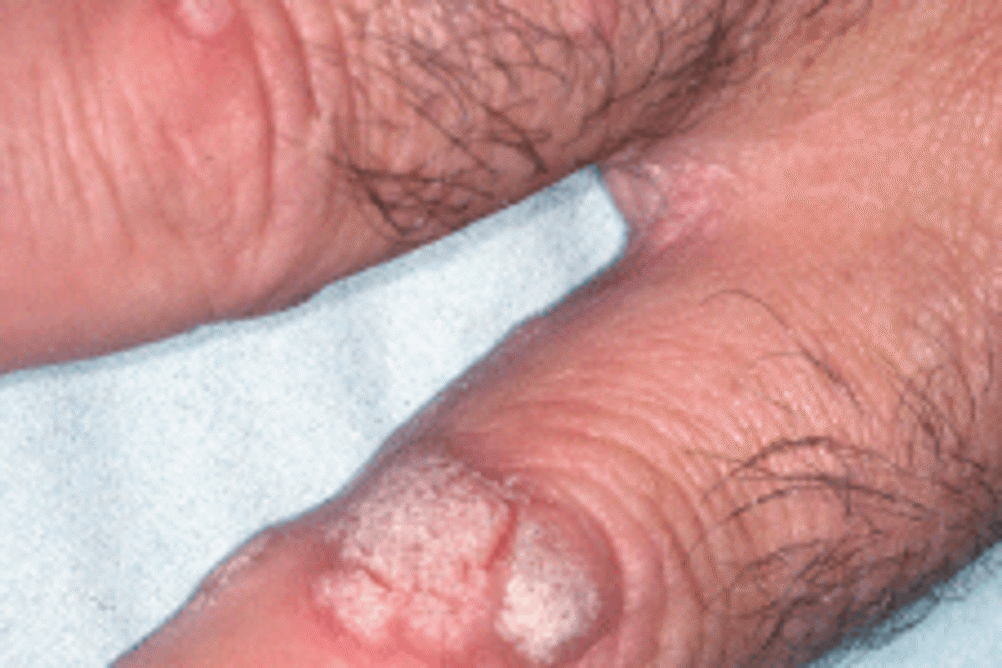
During the middle of the 20th century, genital warts were found to be caused by the human papilloma virus (HPV), of which there are more than 100 genotypes. Genital warts, like skin warts and verrucas, are epidermal tumours; while some genotypes are more related to wart development than others (e.g. types 6 and 11), some are more associated with cervical intraepithelial neoplasia and carcinoma of the cervix (e.g. types 16 and 18)1
Many people with HPV infection do not have genital warts. Initially, the wart formation process is via a port of entry in traumatised skin epithelium, into the basal germinal layer. The virus then multiplies inside the nuclei of the basal cells, which are the only dividing cells in the skin epithelium, resulting in the warty appearance of hyperkeratosis, hyperplasia, or overgrowth of the horny layers.
Register now for access
Thank you for visiting Independent Nurse and reading some of our premium content. To read more, please register today.
Register
Already have an account? Sign in here
